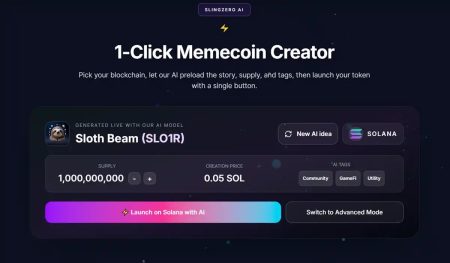- Project Crypto offers clear, tailored rules for issuing, trading, and holding digital assets.
- Safe harbors and investor-friendly exemptions aim to encourage compliant blockchain innovation.
- SEC seeks to bring crypto activity onshore while balancing innovation with investor protection
The Securities and Exchange Commission (SEC) under Chairman Paul Atkins, is taking a noticeably different approach to crypto regulation in 2025.
Dropping the enforcement-heavy style of past administrations, Atkins rolled out a “crypto playbook” aimed at updating securities laws to better fit blockchain technology, while still keeping investor protections in place.
Branded as “Project Crypto,” the initiative lays out a proactive roadmap that could reshape the US crypto market and potentially influence global digital asset rules as well.
A rules-based framework centered on innovation
Atkins is pushing a new regulatory vision that aims for clearer, more practical rules around issuing, trading, and holding digital assets.
He’s criticized the SEC’s old approach as outdated disclosure rules that only saw four crypto offerings ever registered. His plan calls for tailored registration, investor-friendly exemptions, and safe harbors to encourage compliant innovation.
Expanding custody options, including self-custody, and updating broker-dealer and custodian rules are also key parts of the agenda.
The framework also backs the rise of “super-apps”, platforms that can handle crypto securities, non-security tokens, and traditional securities under a single regulated license.
Atkins has hinted he’s willing to use interpretive and exemptive powers creatively, aiming to remove regulatory roadblocks that could slow tech adoption.
The message is clear: rules should enable business, not block it.
Tough road ahead
The playbook is meant to pull crypto activity back onshore, tackling concerns that businesses have been moving offshore because of unclear rules.
Atkins has been clear: regulatory clarity is key to keeping US leadership in blockchain finance.
His plan lines up closely with the President’s Working Group on Digital Asset Markets, which calls for SEC, CFTC, and Treasury to coordinate more closely.
That said, the path isn’t easy. Congress is split on sweeping crypto legislation, so much of the rulemaking falls to the SEC.
The industry is waiting on concrete guidance, especially around custody, tokenized securities, and conditional registration exemptions.
Observers warn that encouraging innovation while protecting investors will be tricky, and it will likely take ongoing tweaks and dialogue to get it right.
At its core, Paul Atkins’ crypto playbook signals a big shift in how the US approaches digital assets as leaning toward collaboration, clearer rules, and innovation-friendly regulation.
This could end up shaping not just domestic markets but global crypto dynamics for years.
Traders and investors will want to keep a close eye on upcoming SEC moves, any new legislation, and guidance updates to stay ahead and spot opportunities in this evolving space.
Credit: Source link





